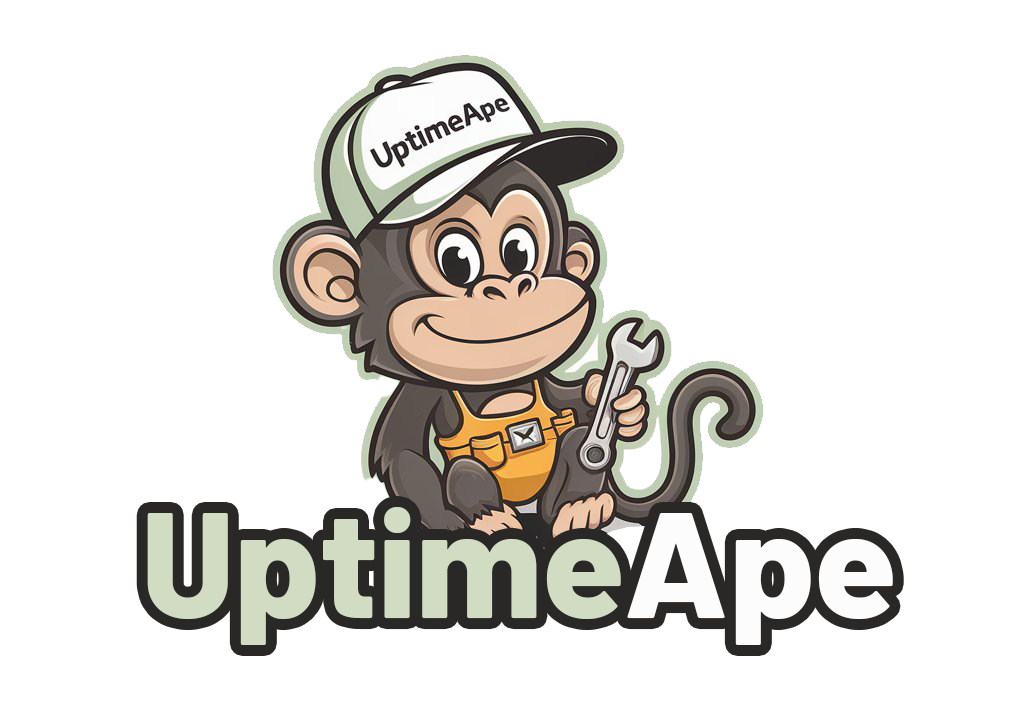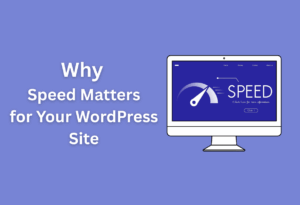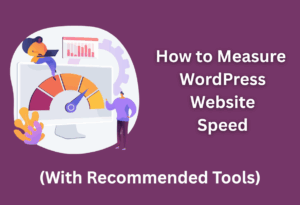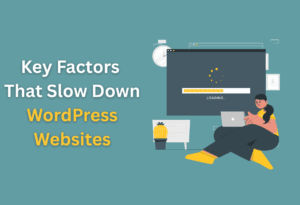WordPress is a powerful platform, but with great power comes great responsibility. To protect your website from potential threats, you need to thoroughly assess its security. This checklist will guide you through the crucial steps you must take to fortify your site, helping you identify vulnerabilities and implement the necessary measures for enhanced protection. In addition to following security best practices, it’s essential to stay informed about common misconceptions surrounding WordPress security. By debunking WordPress security myths, you can better understand the actual risks and challenges your site may face. This awareness will empower you to make informed decisions that truly bolster your website’s defenses against malicious attacks.
Whether you are running a personal blog or a business site, understanding these security aspects will enable you to maintain the integrity and safety of your online presence.
Key Takeaways:
- Regularly update your WordPress core, themes, and plugins to protect against vulnerabilities.
- Implement strong password policies and user role management to limit access to sensitive areas of your website.
- Utilize security plugins and tools to conduct regular scans and monitor for suspicious activity on your site.
Understanding Website Security
While website security can seem complex, understanding the fundamentals can significantly enhance the protection of your WordPress site. With the increase in cyber threats, grasping the importance of security protocols is imperative.
This knowledge not only helps you identify vulnerabilities but also empowers you to take proactive measures, ensuring your website remains safe from potential attacks.
Key Factors Influencing Security
Even small decisions can impact your website’s security. Consider these key factors:
- Regular updates
- Strong passwords
- Website hosting security
- SSL certificates
- Backup solutions
Recognizing these elements can help you build a fortified defense against attacks.
Common Threats to WordPress Websites
The rise of cyber threats poses significant risks to your WordPress website. Malicious actors employ tactics such as hacking, phishing, and malware injection to exploit vulnerabilities. Staying informed about these threats is vital in maintaining your site’s integrity.
For instance, hacking attempts often target outdated plugins and themes, leaving your site exposed. Additionally, phishing attacks can deceive you and your users into sharing sensitive information through fake login pages.
Moreover, malware can not only compromise your website but also harm your visitors and damage your reputation. By understanding these common threats, you can adopt strategies to fortify your defenses effectively.
Essential Security Measures
There’s a range of vital security measures you should implement to ensure your WordPress website remains protected. These measures include securing your hosting environment, implementing HTTPS, maintaining regular updates, and using strong passwords. Focusing on these areas will help you enhance your site’s defense against potential threats and provide a safer experience for your visitors. Additionally, it’s important to regularly back up your website to safeguard your data in case of an emergency. Familiarizing yourself with best practices for WordPress security, such as limiting login attempts and using security plugins, can further bolster your defenses. Creating a comprehensive security plan will not only protect your website but also build trust with your audience.
Safe Hosting Choices
Now, consider the importance of selecting the right hosting provider. A reliable host specializes in WordPress security, offering features like automatic backups, firewalls, and malware scanning. By choosing a provider with a good reputation, you lay a solid foundation for your website’s security.
Implementing HTTPS
Measures such as implementing HTTPS can significantly enhance the security of your WordPress website. HTTPS encrypts data exchanged between your website and its visitors, protecting sensitive information like passwords and personal details.
This not only lowers the risk of interception by attackers but also boosts your site’s credibility in the eyes of users. Search engines favor HTTPS sites, enhancing your SEO performance and instilling trust among visitors. With the increasing risks associated with data breaches, adopting HTTPS is an vital step that you need to prioritize for your online presence.
Plugin and Theme Management
To ensure your WordPress website remains secure, it’s important to manage your plugins and themes effectively. This involves regularly assessing the plugins and themes you use to eliminate any that are unnecessary or unverified.
By keeping your selections lean and vetted, you significantly reduce the risk of vulnerabilities that can be exploited by malicious entities.
Utilizing Trusted Sources
Trusted sources are vital when selecting plugins and themes for your WordPress site. Always download them from reputable repositories, such as the official WordPress Plugin Directory or from the developer’s website, ensuring they are actively maintained and have positive user reviews.
Regular Updates and Reviews
Any successful website security strategy must include regular updates and reviews of plugins and themes. Outdated versions can present security holes that hackers eagerly exploit. Therefore, keeping your site updated with the latest patches and enhancements helps protect against vulnerabilities.
Another key aspect of regular updates and reviews is monitoring your installed plugins and themes for user feedback and support activity.
If you notice a plugin has not been updated in a long time or has a history of security issues, it’s wise to uninstall it. Likewise, actively checking for the latest version of your themes and plugins ensures you are not only benefiting from new features but also reducing the risk of security breaches caused by outdated software.
User Access and Permissions
All website administrators must regularly assess user access and permissions to minimize vulnerabilities. Ensuring that users have the appropriate level of access can prevent unauthorized actions and protect sensitive data. A clear hierarchy of user roles not only helps in enforcing security but also improves overall site management.
Setting Role-Based Access
Access to your WordPress site should be governed by defined roles that align with each user’s responsibilities. You can assign specific capabilities to roles such as Administrator, Editor, Author, and Contributor.
This fine-tuned access helps mitigate risks by ensuring users can only perform actions that are necessary for their role, thus protecting your website from accidental or malicious changes.
Enforcing Strong Password Policies
Some users may overlook the importance of strong passwords, which can leave your website vulnerable to attacks. Implementing a robust password policy is vital to maintain security and protect against unauthorized access.
Role-based access is only as strong as the passwords used. To safeguard your website, enforce a policy that mandates complex and unique passwords for each user.
This includes a combination of uppercase and lowercase letters, numbers, and symbols. Regularly prompting users to change their passwords and utilizing two-factor authentication can significantly enhance your site’s security. Always prioritize user education on creating strong passwords, as this knowledge empowers you to protect your website effectively.
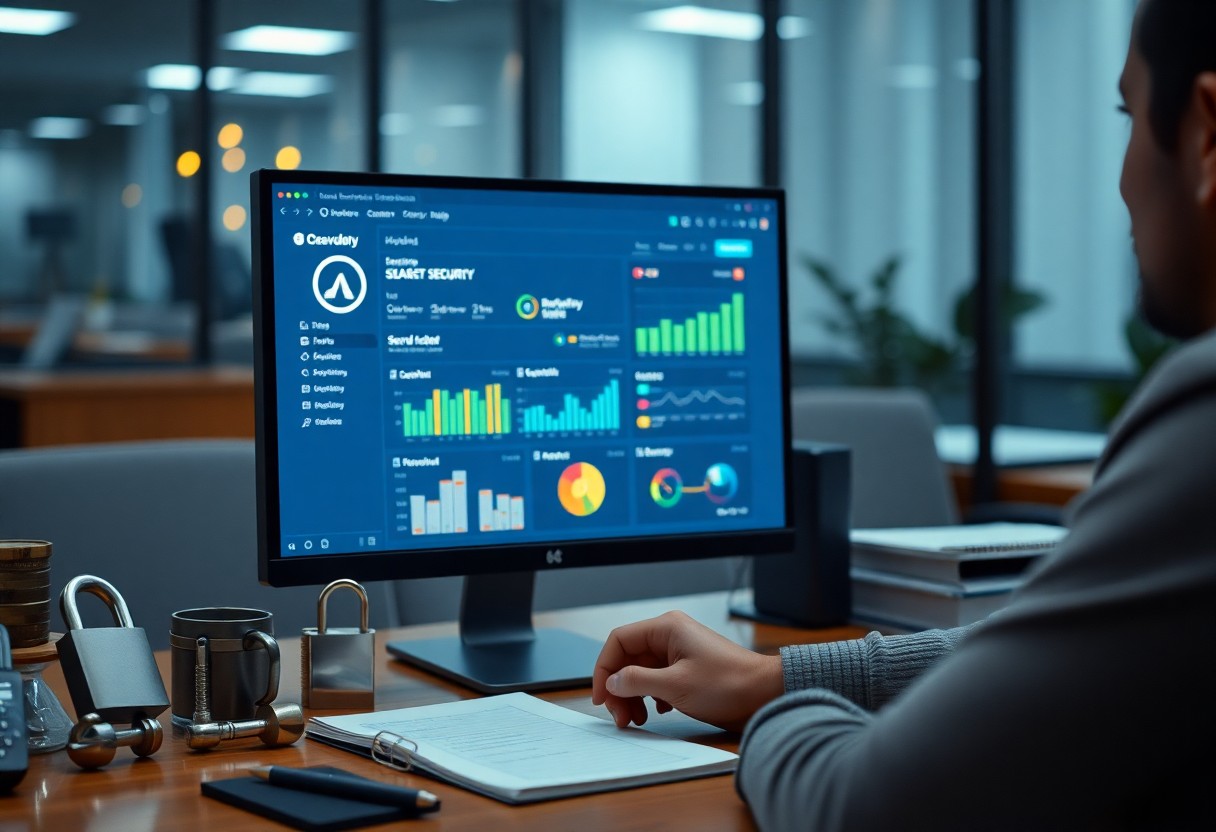
Regular Security Assessments
Keep your WordPress website secure by performing regular security assessments. These assessments help identify vulnerabilities that could be exploited by attackers, ensuring that your site remains safe and your data protected.
By incorporating routine checks into your maintenance plan, you can fortify your defenses against potential threats and stay ahead of any security challenges.
Conducting Vulnerability Scans
Assessments of your website should include regular vulnerability scans. These automated scans analyze your site for known security flaws, outdated plugins, or themes that might expose your site to attacks. By performing these scans frequently, you can identify and mitigate risks before they escalate into serious issues.
Monitoring Site Health
There’s no substitute for vigilant monitoring of your site’s health. Regularly checking your website’s performance and security settings is important in maintaining its integrity. By staying proactive in monitoring, you can swiftly address any potential issues that could compromise your site’s security.
Understanding the importance of site health monitoring means recognizing that security breaches often arise from unmonitored vulnerabilities. Regular checks allow you to identify potential threats and make necessary updates or adjustments before they compromise the integrity of your site.
Use tools to monitor your site’s uptime, performance, and security settings. Additionally, keeping an eye on traffic patterns may alert you to any suspicious activities. This level of awareness is key to maintaining a secure and well-functioning WordPress site.
Backup and Recovery Options
Not having a reliable backup and recovery strategy puts your WordPress website at risk. In the event of a security breach, data loss, or technical failure, you may lose valuable data and face prolonged downtime.
It is imperative to implement a robust backup plan that ensures your site can be restored with minimal disruption. Regular backups and a clearly defined recovery process empower you to respond swiftly and effectively to any incidents that may arise.
Automated Backup Solutions
You can streamline your backup process by utilizing automated backup solutions. These tools operate in the background, scheduling regular backups of your website data without requiring manual intervention.
Many plugins offer flexible options, allowing you to choose how often and where your backups are stored, ensuring your data is secure and accessible at all times.
Recovery Protocols
An effective recovery protocol is integral to restoring your website after an incident. It should outline a step-by-step approach for recovering your site from backups, detailing necessary actions and responsibilities.
Establishing a clear recovery plan minimizes downtime and restores your content quickly, enabling you to maintain audience trust and business operations.
Recovery planning is a proactive measure that ensures your WordPress website can be restored efficiently. Utilize your automated backups, ensuring they are kept in multiple locations or on cloud storage to enhance security.
When an issue arises, test your recovery procedures regularly to identify potential weaknesses. By having a well-defined plan, you can greatly reduce the time your website remains offline and protect your valuable data and reputation. Additionally, consider investing in WordPress maintenance service options to streamline your recovery process and ensure your site remains secure. These services often include regular backups, updates, and security monitoring, which can proactively address issues before they escalate. By engaging with professionals who specialize in WordPress management, you not only bolster your site’s resilience but also free up your time to focus on growing your business.
Summing up
So, assessing the security of your WordPress website involves a systematic checklist that covers everything from regular updates and strong passwords to security plugins and the proper configuration of user roles.
By taking proactive steps like performing routine audits, employing two-factor authentication, and securing your hosting environment, you can significantly reduce vulnerabilities and enhance your site’s defenses. Following this checklist will empower you to create a safer online presence for both you and your visitors.
